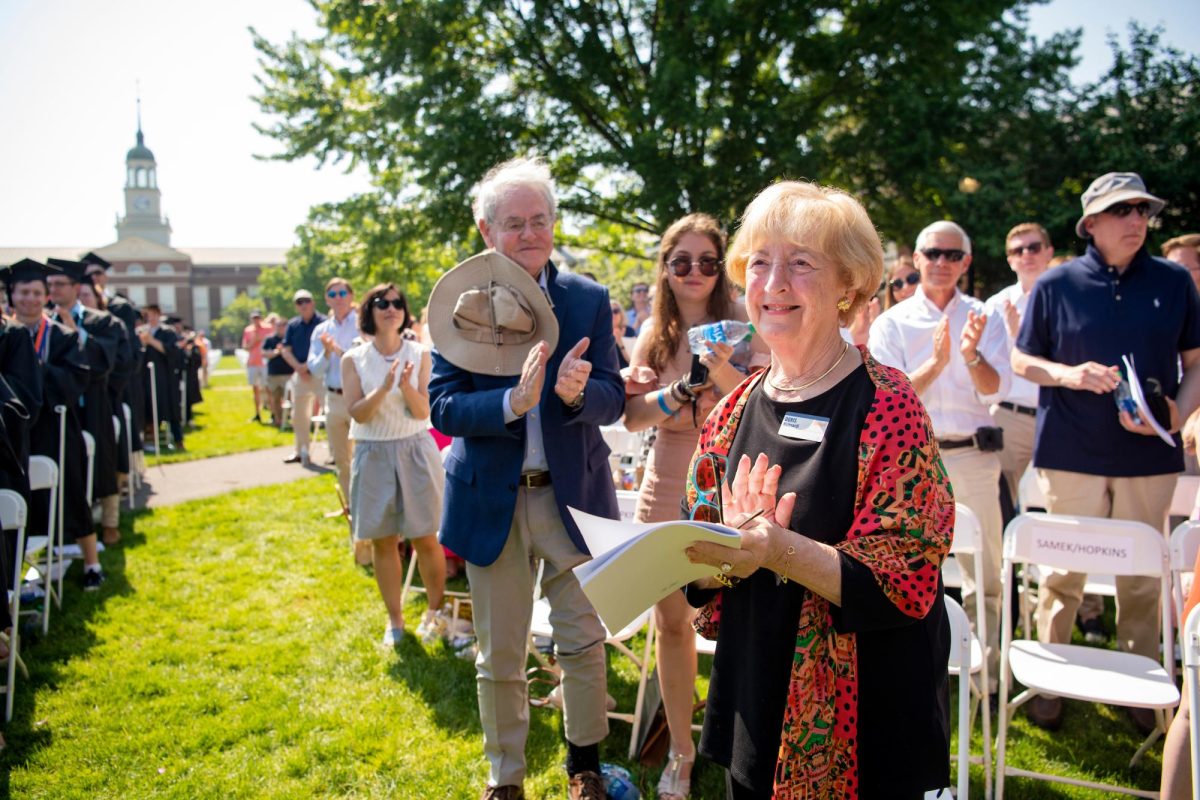Editorial issue 3: Gender inclusivity movement recognized by administration
The University, including The Bucknellian, has recently taken steps to make the community a more inclusive environment for LGBTQ+ students.
As a staff, The Bucknellian has decided to forgo the use of gender binary pronouns with the goal of including all students, faculty, and staff, regardless of gender identity. Instead of using “he” or “she,” The Bucknellian will now use “they” as the generic singular pronoun, unless the subject of an article states that they prefer different pronouns. Since last year, The Bucknellian has used gender-neutral pronouns, such as “ze” and “zir,” to accommodate genderqueer students.
University President John Bravman has also officially taken action to create a more inclusive campus community with his email to students on Feb. 5 regarding the University’s revised mission statement. Many campus speakers, diversity summits, and campus discussions about gender identity and sexuality have centered around the notion that gender is constructed, so it is time that the school’s mission statement solidifies that sentiment in University history. Multiple restrooms on campus, including residence halls, have been relabeled as gender neutral to include more students. Although the University community still adheres, in many ways, to gender norms, these recent changes are certainly a step in the right direction.
Students, first and foremost, have propelled the cause of inclusion of all kinds on campus. Partnerships between students, faculty, and staff provide necessary resources as well. The Office of LGBTQ Resources, Common Ground, and the Office of Multicultural Student Services, for example, all advocate for underrepresented groups in the campus community.
Students have responded to national social movements, such as the Supreme Court ruling on marriage equality and the Black Lives Matter movement, with ensuing on-campus activism. For example, the “Celebrate Difference” campus community photo and the Solidarity March brought attention to social issues and a greater awareness for a changing campus culture. The administration’s revision of the mission statement is essentially a testament of student support.
The University is following a growing trend of rejecting the male/female gender binary. Target stores, for example, have started selling gender-neutral items in their children’s collection in order to become more gender-inclusive. Target has also removed labels within their toy section that previously suggested certain items were for “boys” or “girls.”
“Girls like rockets and basketball. And boys like ponies,” Target’s Senior Vice President of Product Design and Development Julie Guggemos said in an interview with the Star Tribune. Participants in the University’s own Institute for Leadership in Technology and Management (ILTM) consulted The Children’s Place last summer about creating a more gender-inclusive clothing line.
Gender identity inclusivity is an issue with growing awareness worldwide, and thanks to recent strides made by students and the administration, the University is headed in the right direction.




















